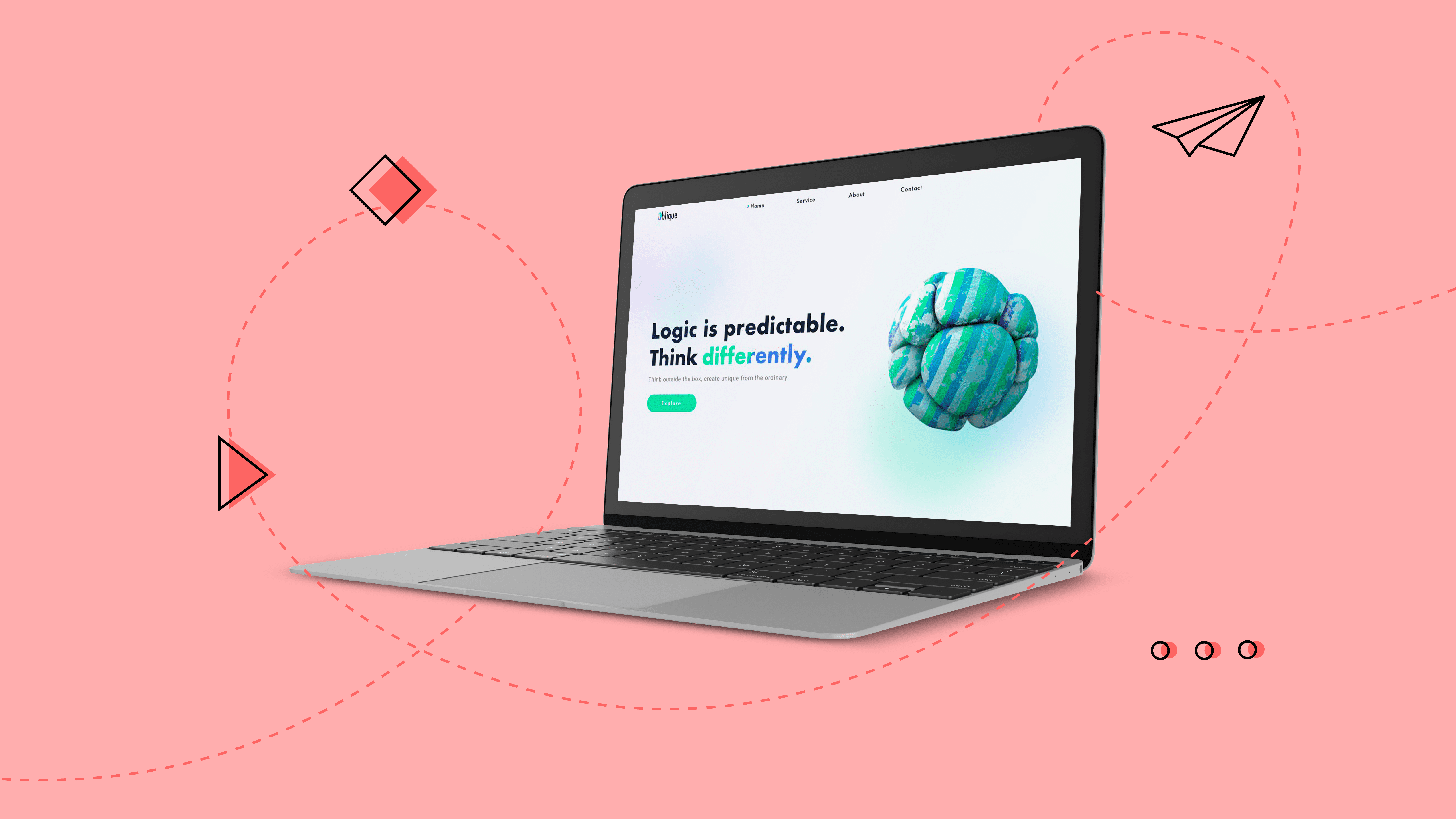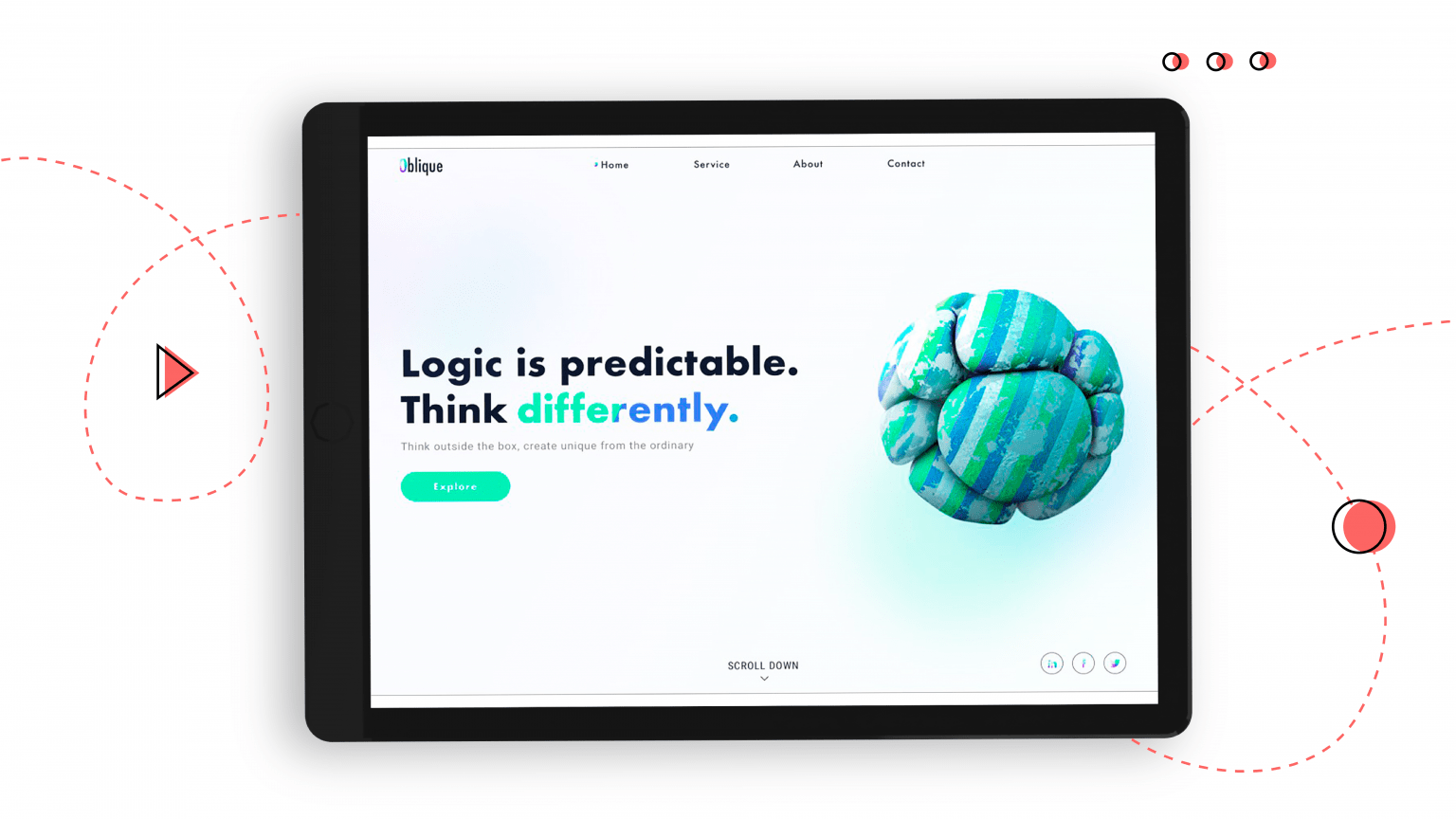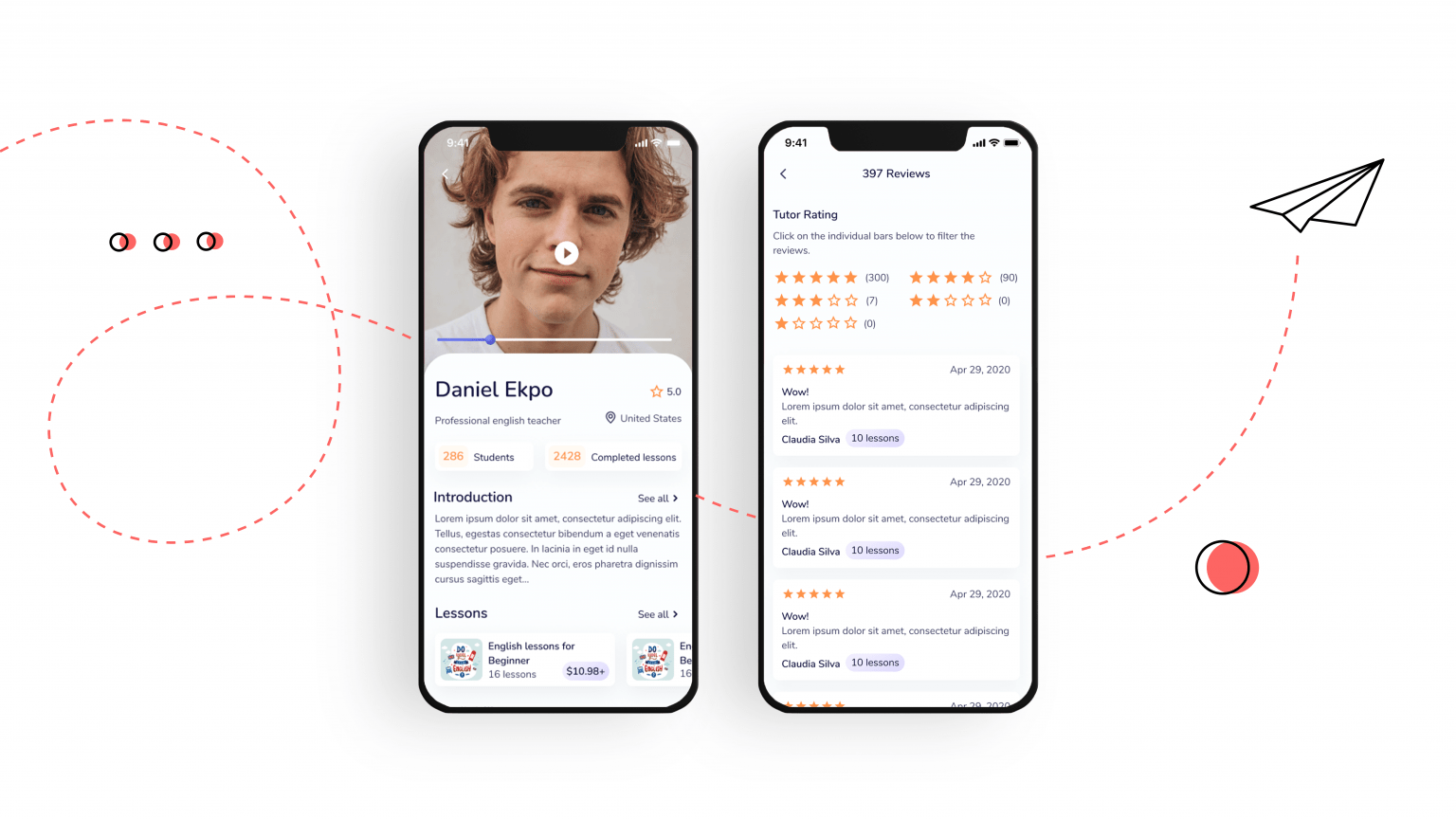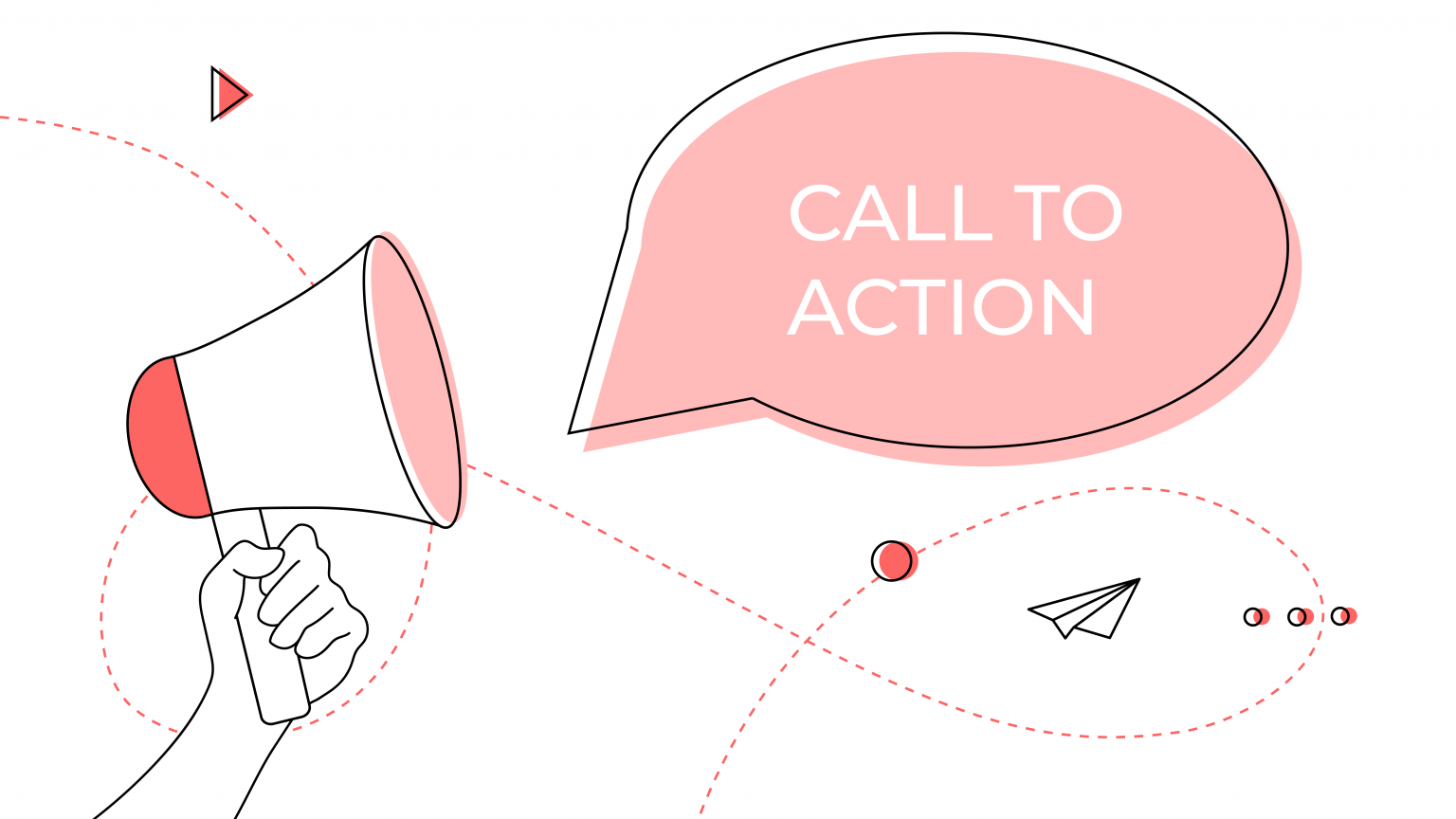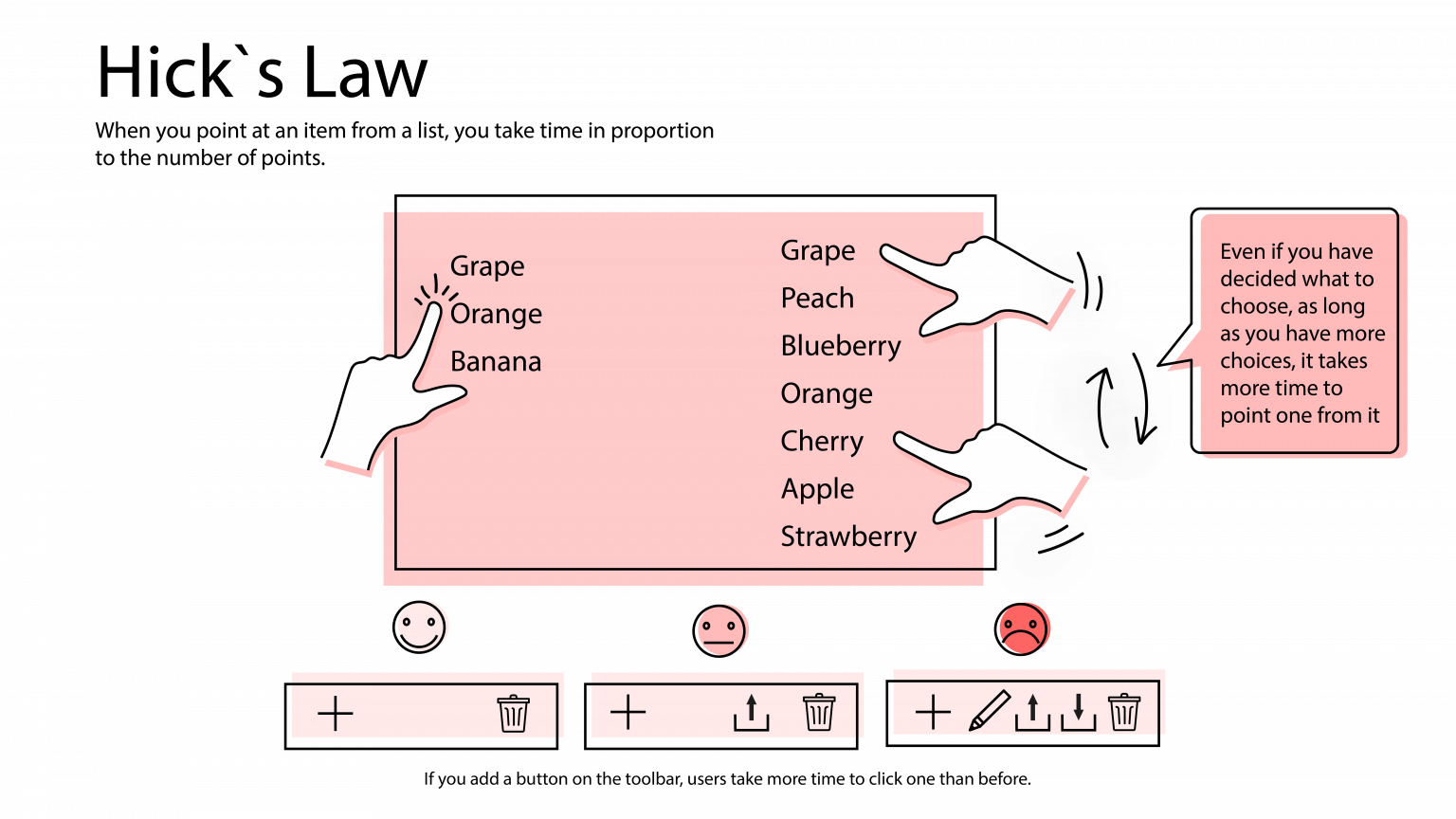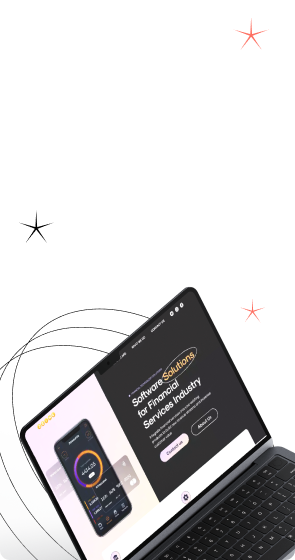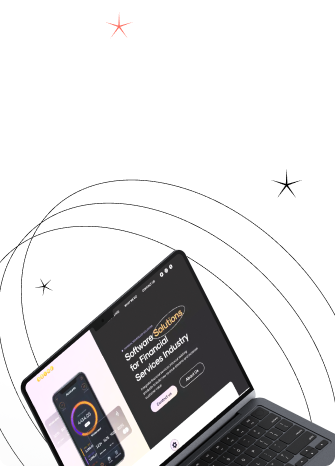This happens to all sites daily: your audience judges your business by its appearance.
Unprofessional or outdated designs have a more negative impact than you might think. There is a study on “Should you trust health websites?” The survey participants used Google to find relevant health information. Upon completion, they were asked to share their first impressions of the resources visited.
And here’s an interesting result: among the factors based on which customers decide whether to trust or not trust a site, 94% were related to design. 94 percent, it’s shocking!
Design is of the utmost importance. It has the most substantial impact on conversion rates, user experience, and customer loyalty. The bar for web design quality is rising higher and higher.
We decided to release these seven principles of conversion-centered design to help you optimize your sales and prevent your product from a high bounce rate.
